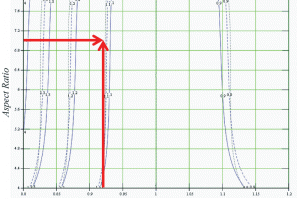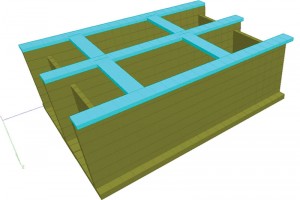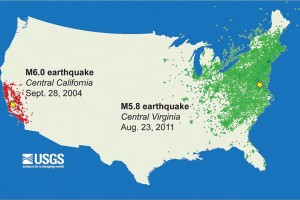Adjusting for Changes in Mass and Stiffness
Structural design of tall buildings is driven by forces of nature, including wind and earthquakes. As buildings get taller, wind-induced dynamic response dictates the design of the lateral system to meet both serviceability and survivability limit states. Structural engineers rely upon wind tunnel consultants to determine equivalent static loads (ESL) and top floor accelerations (TFA). This becomes increasingly important for tall and slender towers where across-wind effects dominate. …



